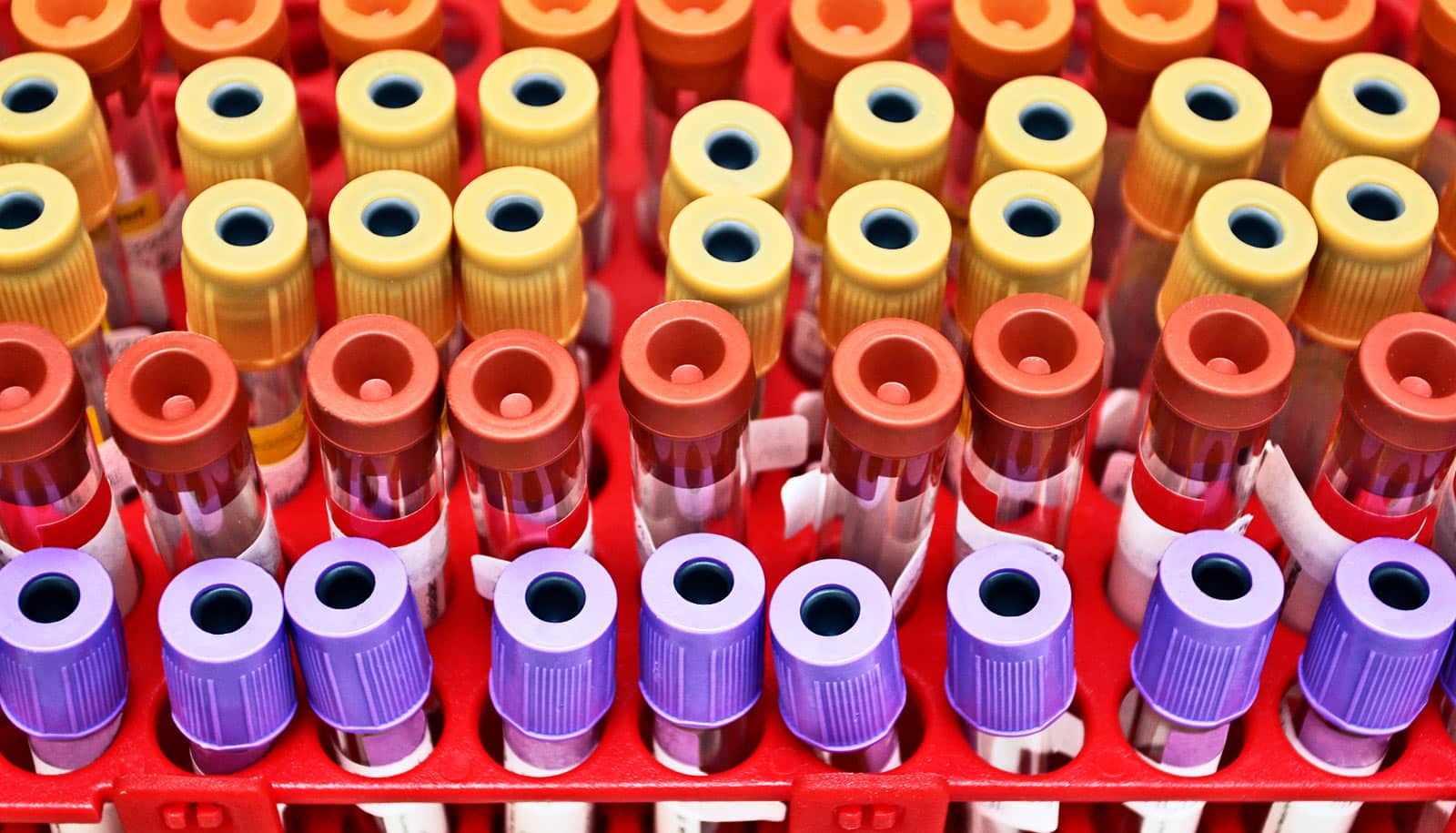Scientists have identified distinct molecular signatures of the deadly brain tumor glioblastoma based on sex. The discovery suggests tailoring treatment for men and women may offer a way to improve survival.
For decades, scientists have recognized that more men die from many types of cancer, including glioblastoma, and say the new findings may explain the disparities in patients’ response to treatment and survival.
“It is our expectation that this study could have an immediate impact on the care of patients with glioblastoma and further research, as the findings indicate we should be stratifying male and female glioblastoma into risk groups and evaluating the effectiveness of treatment in a sex-specific manner,” says Joshua B. Rubin, a professor of pediatrics and of neuroscience at Washington University in St. Louis and co-senior author of the paper in Science Translational Medicine.
“The biology of sex differences and its applications in medicine are highly relevant but almost always ignored aspects of personalized treatments.”
Tumor growth velocity
Glioblastoma is the most common malignant brain tumor and kills about half of patients within 14 months of diagnosis. It is diagnosed nearly twice as often in men, compared to women.
The tumor is most often diagnosed in people older than 50, and standard treatment is aggressive—surgery, followed by chemotherapy and radiation. However, stubborn stem cells often survive and continue to divide, producing new tumor cells to replace the ones killed by treatment. Most tumors recur within six months.
Standard treatment for glioblastoma is more effective in women than men. Researchers measured tumor growth velocity in standard MRI scans to better understand the disparity.
“Basically, you can look at tumor growth velocity while patients are undergoing treatment and derive a value for how fast their tumors are growing,” says Rubin, who is also cofounder and codirector of the Pediatric Neuro-Oncology Program at St. Louis Children’s Hospital, where he treats patients. “This gives you an opportunity to think more deeply about whether the drug you’re giving a patient is actually helping.”
‘Tremendous’ differences
The researchers culled patient MRI scans and survival data and calculated tumor growth velocity every two months for the duration of therapy in 63 glioblastoma patients—40 males and 23 females—who received standard chemo-radiation treatment following surgery.
While initial tumor growth velocities were similar between females and males, only the females showed a steady and significant decline in tumor growth after treatment with temozolomide, the most common chemotherapy drug used to treat glioblastoma.
“…it might be better to separate males and females and examine their sex-specific genetic signatures.”
“The males did not respond as well, and we wanted to understand why, so we looked at the underlying genetics of patients’ tumors,” says Rubin, a co-leader of the Solid Tumor Therapeutics Program at Siteman Cancer Center at Barnes-Jewish Hospital and Washington University School of Medicine.
The researchers tapped into The Cancer Genome Atlas (TCGA) and applied statistical algorithms to distinguish male- or female-specific gene expression patterns from such patterns that were shared among the male and female patients. They then focused on the sex-specific gene expression to identify molecular subtypes that corresponded to differences in survival for males and for females.
“We observed tremendous genetic sex differences in the tumors of glioblastoma patients that correlated with survival,” says co-senior author Jingqin “Rosy” Luo, associate professor of surgery in the Division of Public Health Sciences. “All evidence supports the need to define these distinctions and incorporate the sex differences into glioblastoma biology research and treatment.”
Specifically, the tumors cluster into 10 distinct subtypes—five for tumors in males and five for tumors in females—and are distinguished by gene activity and survival. For example, females with tumors in one such cluster survived longer than females with tumors in any of the other four clusters—just over three years compared with just over one year. Similarly, they found a male cluster linked to longer survival—just over 18 months compared with just over one year for men with tumors in the other clusters.
The researchers validated the clusters in three additional data sets and also showed that even genes activated at similar levels in tumors in males and females can result in substantial sex-specific effects on survival.
Survival strategies
“Additionally, we identified genetic pathways that correlated with the longest survival, and they were very different in males compared with females,” Rubin says. “For example, in males, survival was all about regulating cell division, which suggests that drugs that block cell-cycle progression may be more effective in men.
“For females, survival was all about regulating invasiveness, which suggests that drugs targeting integrin signaling may be more effective in women. This tells us it might be better to separate males and females and examine their sex-specific genetic signatures.
“We tested this hypothesis by doing a series of in vitro drug screens in which we took four relatively common chemo drugs and looked at how the expression of these genes correlated with response to those drugs. In both males and females, there was a clear correlation.”
It’s not the hormones
Among diseases in general, sex differences are often tied to hormones. For example, the female hormone estrogen contributes significantly to more women getting breast cancer than men. However, with glioblastoma diagnosis and survival, sex hormones did not directly contribute to female and male differences, Rubin says.
“The sex-specific genetic activity in glioblastoma is not dependent on the acute actions of circulating sex hormones as differences are evident across all stages of life. In a broader sense, I want our research to encourage people to think more about how diseases uniquely affect males and females, making it the norm and not the exception.
“I hope the research will inspire more specific approaches to treatments. It may be that we shouldn’t be using the same criteria when treating diseases in males and females, and as a next step we should definitely develop and evaluate sex-specific treatment regimens for glioblastoma.”
Additional researchers are from Washington University, the Mayo Clinic, the Cleveland Clinic, Case Western Reserve University, and TGen, a genomics research institute.
The National Institutes of Health, the Children’s Discovery Institute of Washington University; Joshua’s Great Things; the James S. McDonnell Foundation; the Mayo Clinic; and the Ben & Catherine Ivy Foundation funded the work.



